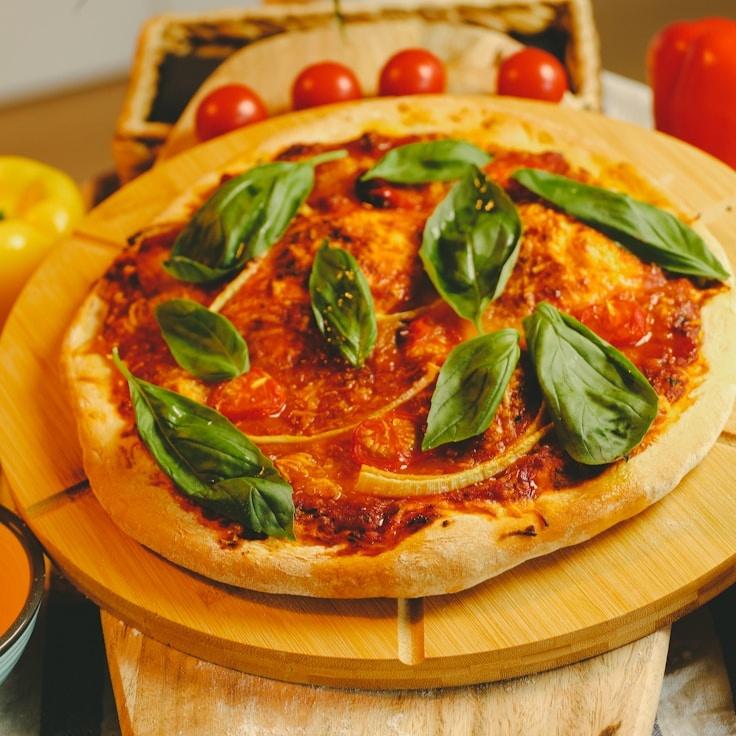Here at GenericWave, our philosophy upholds that standout pizza is built upon standout dough. With over thirty years of recipe refinement under our belts, we're thrilled to unveil some key insights with you. Although the precise formula remains a family secret, these foundational guidelines will empower you to make your own top-tier pizza dough in the comfort of your kitchen.
The Significance of Flour
A superior pizza dough starts with premium quality flour. Opt for 00 flour, an ultra-fine Italian flour with a moderate protein level of about 12%, to strike the ideal blend of elasticity and softness. If 00 flour is elusive, a viable alternative is bread flour, which will produce a marginally different consistency.
Hydration and Water Temp
Your water's temperature is key in dictating the fermentation duration and the behavior of the dough. To foster a slower fermentation process that enhances taste, use cooler water at approximately 45°F (7°C). Warmer water near 85°F (29°C) is suitable for faster fermentation periods. The ideal water to flour ratio for appropriate hydration is somewhere from 60% to 70%, especially for conventional home ovens.
Less Yeast, More Time
A crucial element to delicious dough is minimizing yeast use and maximizing the fermentation period. We utilize just 0.2% of fresh yeast based on the quantity of our flour to let the dough slowly ferment over 24-48 hours. This extended period lets dough develop intricate flavors and results in a final product that's more readily digestible.
Salt's Dual Purpose
Salt is more than a simple seasoning; it bolsters the gluten network and modulates fermentation. It's best to use fine sea salt at a ratio of 2.5-3% of your flour weight. Incorporate the salt once the water and flour begin to integrate, preventing direct contact with the yeast.
Fermentation: An Art Form
Post-mixing, let your dough bulk ferment at a normal room temperature for a couple of hours, after which divide and form it into individual dough balls. Secure these dough portions in lidded containers and refrigerate them from 24 to 72 hours. It's during this cool fermentation process that enzymes transform starches into simpler sugars, paving the way for a crust that not only tastes fantastic but also boasts an attractive golden-brown hue.
Gentle Handling
When it's time for pizza crafting, fetch your dough from the chill of the fridge roughly 1-2 hours before you plan to bake. This allows the dough to reach a more pliable temperature. Treat the dough with care to maintain the air bubbles formed during fermentation. Press and stretch the dough with your fingertips instead of rolling it out, which would deflate the airy texture.
Heat: The Final Accent
Our professional wood-fired ovens can achieve an impressive 850°F (454°C), whereas household ovens typically peak at about 550°F (288°C). To mimic this powerful heat, place a pizza stone or steel in the oven to preheat for no less than an hour. Such an approach delivers the intense bottom heat central to a crisp crust with a light, airy middle.
Honing your skills in pizza dough preparation is an ongoing process with each attempt teaching you more about the technique. We suggest keeping a record, fine-tuning the process, and discovering the methodology that flourishes in your personal cooking space.
To witness our dough preparation in action, consider joining our monthly pizza workshops where Chef Alessandro showcases these methods up close. Check out our events schedule for the next available session!

